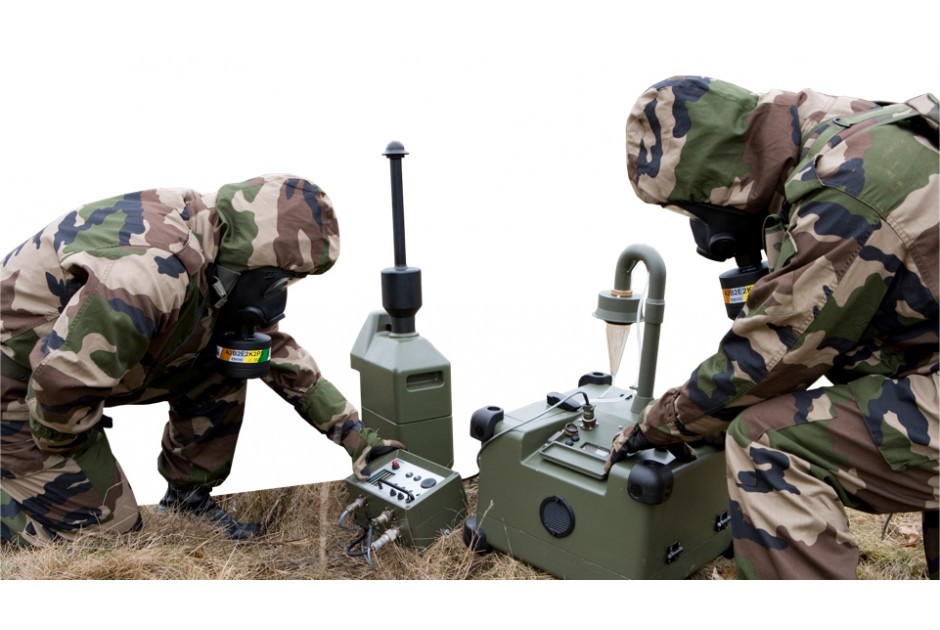EN ISO 11612 Protective clothing against heat and flame performance testing
The EN ISO 11612 standard sets out the requirements for protective clothing intended to protect workers from thermal hazards, including radiant heat, convective heat, and direct flame. This is a critical service in military testing where personnel safety is paramount. The test parameters ensure that the protective clothing can withstand the specified levels of heat and flame without causing burns or other injuries.
The standard defines various classes based on the expected exposure to thermal hazards, ensuring that each piece of protective clothing is appropriate for its intended use. For example, Class 1 is suitable for low-risk environments, while Class 3 provides higher levels of protection against severe heat and flame. This classification system allows quality managers, compliance officers, R&D engineers, and procurement teams to select the correct protective gear based on specific job requirements.
During the testing process, specimens are subjected to various thermal exposures using specialized equipment that simulates real-world conditions. The test apparatus includes calorimeters, radiant heat sources, and flame impingement units. These devices allow for precise control over the parameters such as temperature, duration, and intensity of exposure.
The acceptance criteria for EN ISO 11612 are stringent, ensuring that protective clothing meets the highest standards of performance and safety. The standard specifies that the protective material should not cause burns or other injuries to the wearer under specified conditions. Additionally, the testing apparatus must replicate real-world exposure scenarios accurately.
| Parameter | Description |
|---|---|
| Radiant Heat Exposure | The test measures the ability of the protective clothing to withstand radiant heat by simulating a fire source. |
| Convective Heat Exposure | This section evaluates the resistance to convective heat, which is relevant in environments with high air movement and temperature. |
| Flame Impingement Test | The test assesses how well the clothing resists direct flame exposure by measuring the time it takes for ignition and the duration of burning. |
The testing process begins with careful preparation of the specimens. This includes ensuring that the material is cut to size, washed, and conditioned according to the standard's requirements. Once prepared, the specimens are subjected to a series of tests designed to simulate real-world conditions. The results are then analyzed to ensure compliance with the specified acceptance criteria.
- Class 1: Low-risk environments where minimal thermal protection is required.
- Class 2: Moderate-risk environments providing moderate levels of protection.
- Class 3: High-risk environments demanding high levels of thermal protection.
The importance of this service cannot be overstated, especially in the military sector where personnel safety is a top priority. By adhering to EN ISO 11612 standards, we ensure that the protective clothing used by military personnel meets the highest standards of performance and safety.
Applied Standards
| Standard | Description |
|---|---|
| EN ISO 11612:2019 | This standard specifies the performance requirements and test methods for protective clothing intended to protect workers against thermal hazards, including radiant heat, convective heat, and direct flame. |
| ASTM F1506-21 | An additional American standard that provides a method of testing the ability of protective clothing to protect against radiant heat sources. This is particularly relevant in environments where radiative heat is the primary concern. |





